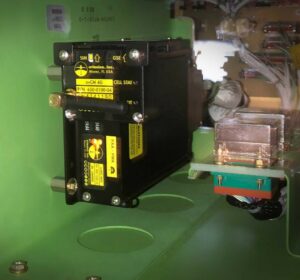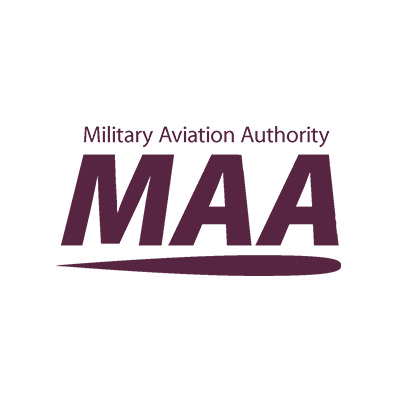The Evolution of Quick Access Recorders
In the dynamic world of aviation, the quest for enhanced safety, efficiency, and data-driven decision-making has led to significant technological advancements. Among these, Quick Access Recorders (QARs) are pivotal, evolving from simple data recording devices to complex systems integral to aircraft diagnostics and maintenance strategies.
In the dynamic world of aviation, the quest for enhanced safety, efficiency, and data-driven decision-making has led to significant technological advancements. Among these, Quick Access Recorders (QARs) are pivotal, evolving from simple data recording devices to complex systems integral to aircraft diagnostics and maintenance strategies.
An aircraft Quick Access Recorder (QAR) is an onboard device that captures flight data from multiple aircraft systems and data buses, including the engine.

It records a wide range of parameters which are essential for evaluating the overall performance of the aircraft engine, components, and subsystems, helping to identify potential issues before they result in failure, and assisting in maintenance planning and predictive analysis.
Quick Access Recorders were initially introduced to capture flight data for routine analysis but have transformed.
Their primary function has expanded from merely recording flight parameters to facilitating real-time data analysis, which is crucial for maintaining aircraft performance and safety.
Today’s QARs are not just about data recording; they are about actionable intelligence.
The data they capture is vital for analysing system performance, identifying trends, and pre-empting potential issues before they escalate into significant problems.
The leap in QAR technology is notable in three key areas: capacity, connectivity, and capability.
Modern QARs boast increased data storage capacities, accommodating the extensive information generated by contemporary aircraft systems.
Capacity was very limited when QARs were first introduced, but they can now reach over 400 hours of flight data across multiple channels in more advanced devices.
Wireless cellular transmissions have replaced manual data retrieval methods, streamlining data analysis and making it more efficient.
Connectivity continues to move away from manual data collection to cellular transmissions.
Systems incorporating the 2G cellular network were first introduced in the late 1990s, and now 5G network usage is common.
We are also now seeing the introduction of air-to-ground communication methods via satellite for real-time data access, allowing operators and maintainers to pre-empt maintenance requirements before the aircraft even touches down.
Furthermore, the capability of these devices has been enhanced, enabling them not only to record but also to process data, supporting predictive maintenance models.
Some QARs can operate as a network server and applications platform, meaning they can also be used to gather information from additional systems and onboard analytics, as well as host additional applications and interface with connectivity systems.
Where previously a QAR would record the same data as the flight data recorder (ARINC 717), many now allow two channels of ARINC 429 data from a couple of other systems, including aircraft condition monitoring systems, expanding their worth to operators.
These advances have led to significant improvements in predictive maintenance. By analysing data trends, airlines can predict potential system failures before they occur, scheduling maintenance activities proactively.
This ensures higher levels of operational safety and contributes to significant cost savings by minimising unplanned downtime and extending the lifespan of aircraft components.
Today, QARs inform decisions across various airline departments, from fuel efficiency strategies to operational reliability. Fuel efficiency teams, for example, leverage QAR data to optimise fuel consumption, significantly reducing operational costs.
Maintenance departments use the insights gained from QAR data to improve aircraft dispatch reliability and reduce maintenance expenses.
However, there is a problem on the horizon for early adopters of these systems. The 2G and 3G mobile phone networks are expected to be discontinued in many parts of the world over the next few years.
If you consider that the advantages of QARs can only be fully achieved with wireless transmission, then airlines will be forced to adopt 4G or 5G systems or, for ultimate obsolescence-proofing, Satcom-based systems.
In conclusion, the advance from basic data recorders to sophisticated analytical tools is a clear indicator of the aviation industry embracing digital transformation.
As airlines continue to navigate the complexities of modern aviation, the role of QARs will undoubtedly expand, underlining the importance of embracing technology to drive forward.
ATL Europe offers a wide range of STCs and Modifications for installing QARs across a wide range of aircraft. If you are looking to install or update a QAR installation, please feel free to contact us for a no-obligation consultation.
Ready to start a conversation?
Building 307,
Aviation Park West,
Bournemouth Airport,
Dorset,
BH23 6NW
ATL Europe,
3 rue Franche Comté,
Pépinière d’Entreprises BP311,
50103 Cherbourg en Cotentin,
France

